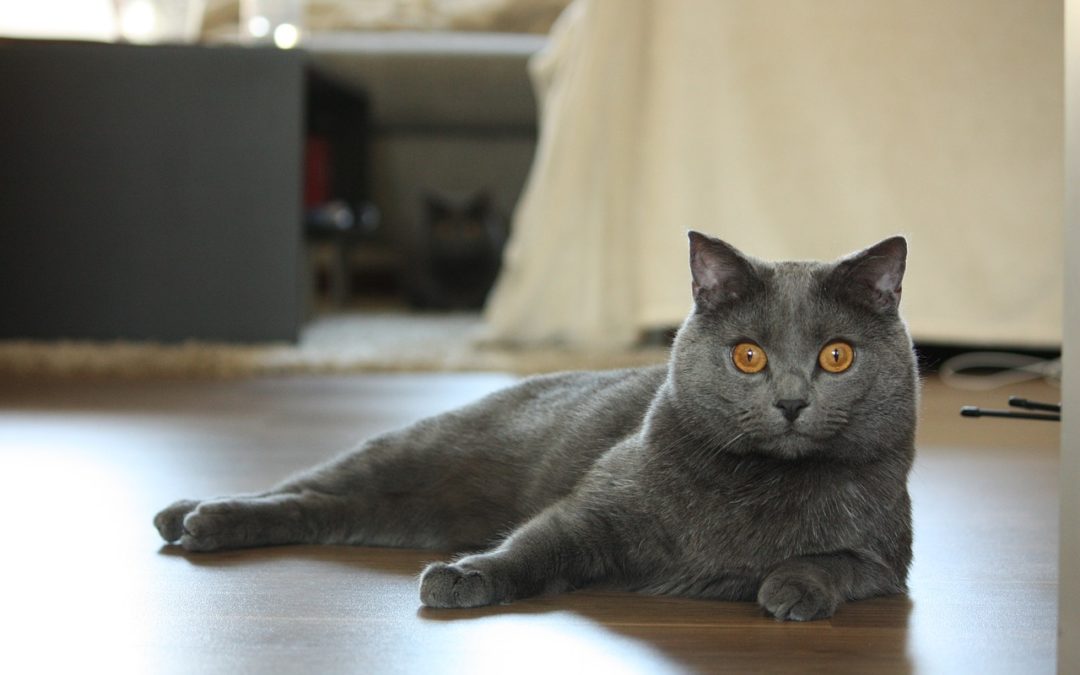Overview and Risks
According to the Merriam-Webster dictionary, the definition of arthritis is “the inflammation of joints.” Arthritis can be caused by a wide variety of conditions including infection, trauma, and degenerative changes due to age or overuse, metabolic issues, or other causes. All cats regardless of age or breed can be affected by arthritis, though obese cats are more likely to develop it than are their fit counterparts. Additionally, older cats are more prone to arthritis because of the years of wear and tear on their joints.
Signs
Arthritis can be mild to severe, and your pet may experience various signs depending on its severity.
Signs of arthritis include:
-Lameness
-Ain’t doin right (ADR)
-Cringes/shies away when back or neck area is pet
-Swollen joints
-Popping and cracking when the joint moves
-Muscle wasting (the muscles by the joint become smaller)
-Licking of the joint area
-Slow to rise up from a resting position
-Loss of appetite or unusual weight gain
-Unwillingness to walk, jump, or climb stairs
-Accidents outside the litter pan
-Depression or irritation
Diagnosis/Treatment
In order to treat your cat’s arthritis, your veterinarian will perform a thorough physical exam and take a complete history of your friend. They will perform simple motion tests and observe your cat’s movements.
They may recommend the follow additional tests, as well:
-Antibody/Antigen tests to identify if your cat has been exposed to infectious diseases that can cause arthritis
-PCR testing, if necessary, to confirm exposure to certain diseases
-Chemistry tests to evaluate kidney, liver and pancreatic function as well as electrolyte and blood sugar levels
-A complete blood count to screen for infection, inflammation, and anemia
-Radiographs (x-rays) of the joints
-Joint fluid analysis to help evaluate the cause of the arthritis
Once your cat has been diagnosed with arthritis, your veterinarian will recommend a treatment protocol tailored to your pet’s specific needs.
Treatments may include:
-Treating the underlying cause of the arthritis, if possible.
-Prescribing medications to help decrease the inflammation in the joint and control the pain.
-Dietary management, if your cat is overweight
-Nutritional supplements thought to stimulate production of lubricating joint fluid and help rebuild joint cartilage.If your cat is put on medication such as a nonsteroidal anti-inflammatory drug, your veterinarian may recommend routine blood tests to monitor your pet’s tolerance to the medication.
-Acupuncture may be an option as well, based on the veterinarian’s examination of your pet.
Make sure you follow all recommendations from your veterinarian and call them immediately if your cat’s condition worsens.
Prevention
While not all forms of arthritis are preventable, you can help reduce your cat’s risk as well as the severity of the disease by ensuring your four-legged friend gets plenty of appropriate exercise, eats properly, and that you contact your veterinarian early if you think your pet may have arthritis.
If you have any questions or concerns, you should always visit or call your veterinarian – they are your best resource to ensure the health and well-being of your pets.






